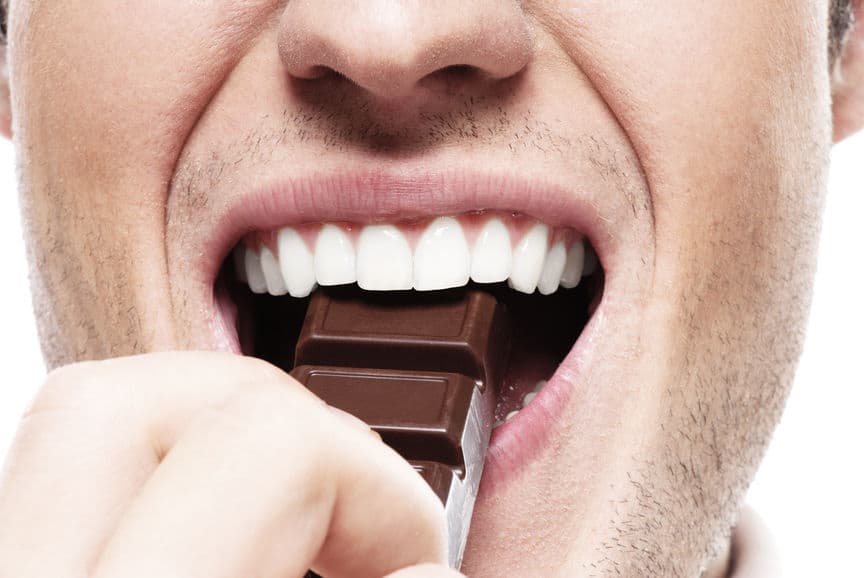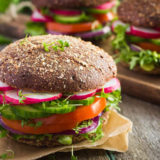

Probiotics are microorganisms that provide health benefits when consumed. Ingesting probiotics helps control the growth of potentially detrimental bacteria in the gut by maintaining a favorable balance of good vs. bad bacteria. Because they have been shown to support digestive health, supplementing with several strains of probiotics has been gaining popularity in recent years. However, many people don’t realize that some foods contain probiotics naturally.
Just as there are many strains of harmful bacteria, there is also a plethora of probiotic strains. Each type of beneficial bacterium plays a different supportive role in the body – thus, consuming a wide variety of probiotic foods provides the body with a formidable arsenal for maintaining gut health.
Although this list is not absolute, below are 10 foods that contain gut-healthy probiotics.
- Yogurt – Not all yogurts are created equally regarding probiotic content. To be beneficial, the yogurt must contain live and active cultures and preferably contain low quantities of high fructose corn syrup, artificial sweeteners and artificial flavors. The National Yogurt Association has created a Live & Active Cultures seal for products that contain significant amounts of the probiotics L. bulgaricus and S. thermophilus. Not every company chooses to carry the seal, so you can also look for L. bulgaricus and S. thermophilus in the ingredient list. If a product has been heat-treated after culturing (a process which can kill probiotic viability), the company is required to print it on the label.
- Miso – A staple of Japanese cuisine, miso is made from fermented rye, beans, rice or barley. This savory paste is plentiful in probiotics and can be a base for soups, sauces, dressings or dips. Using miso paste instead of salt to flavor a broth or sauce is an easy way to incorporate this flavorful and healthful ingredient into your diet.
- Sourdough Bread – Popular in San Francisco yet relatively unknown on the East coast, sourdough bread has a unique and characteristic twang. The ‘sour’ taste is a testament to its content of the probiotic lactobacilli, which is used to cultivate its unique flavor profile.
- Dark Chocolate – Using low processing temperatures to keep the microorganisms viable, manufacturers are able to add probiotics to dark chocolate. A 2010 study published in the International Journal of Food Microbiology found that probiotics in dark chocolate survived the passage through the stomach and small intestine better than those added to liquid milk (91 to 80 percent versus 20 to 31 percent). Although primarily sold in health food stores, keep an eye out for this sweet treat with added benefits.
- Sauerkraut – Fermented cabbage is often paired with hot dogs, but sauerkraut without highly processed meat is beneficial to the digestive system. Sauerkraut is a fermented food that is derived from adding various lactic acid bacteria like Leuconostoc, Lactobacillus and Pediococcus to cabbage. Sauerkraut is also rich in vitamins B, A, E and C. Try sauerkraut on a salad or bowl of rice to naturally add probiotics to your diet.
- Kefir – A drinkable, sour relative of yogurt, kefir is a fermented dairy product that combines goat’s milk and fermented kefir grains. High in lactobacilli and bifidus bacteria (two strains of probiotics), kefir is also rich in antioxidants. Providing a substantial digestive health boost, kefir is a great, portable, filling snack to tide you between meals.
- Acidophilus Milk – Recognizing the value of adding probiotics to food, some milk companies have jumped on the bandwagon. To make acidophilus milk, the milk is fermented with bacteria like lactobacillus acidophilus. In addition, buttermilk is also rich in probiotics because it is typically cultured with lactic acid bacteria.
- Green Peas – Recently discovered to help foster a favorable gut balance, raw green peas contain inherent probiotic bacteria. In December 2013, Japanese researchers published a preliminary study in the Journal of Applied Microbiology revealing that green peas contain Leuconostoc mesenteroides, a strain of probiotic bacteria with high IgA-inducing ability in animals. Since heat can kill probiotics, make sure the peas you snack on are raw.
- Kimchi – A staple in Korean cuisine, kimchi is a spicy and sour fermented cabbage. Besides being rich in probiotics, kimchi is also a great source of beta-carotene, calcium, iron and vitamins A, C, B1 and B2. As long as you can handle the spice, kimchi is a delicious accompaniment to many Asian-flavored tofu, meat, rice, salad, vegetable and noodle dishes.
- Kombucha – Kombucha is a type of refrigerated, fermented tea that contains a high quantity of probiotics. Easily purchased in a health food store, kombucha has been finding its way onto the shelves of many large supermarkets lately. This probiotic drink is effervescent and has a slightly sour taste.
Most people consider yogurt to be the only probiotic-rich food, but there are plenty more. As people realize that structuring their diet to include naturally occurring probiotic sources improves their digestive health, the ten foods listed above will become less foreign. Kefir, miso, kimchi, sauerkraut and kombucha may never have been in your kitchen before, but working these foods into your rotation could help restore the balance of beneficial bacteria in your gut.





What an excellent article!